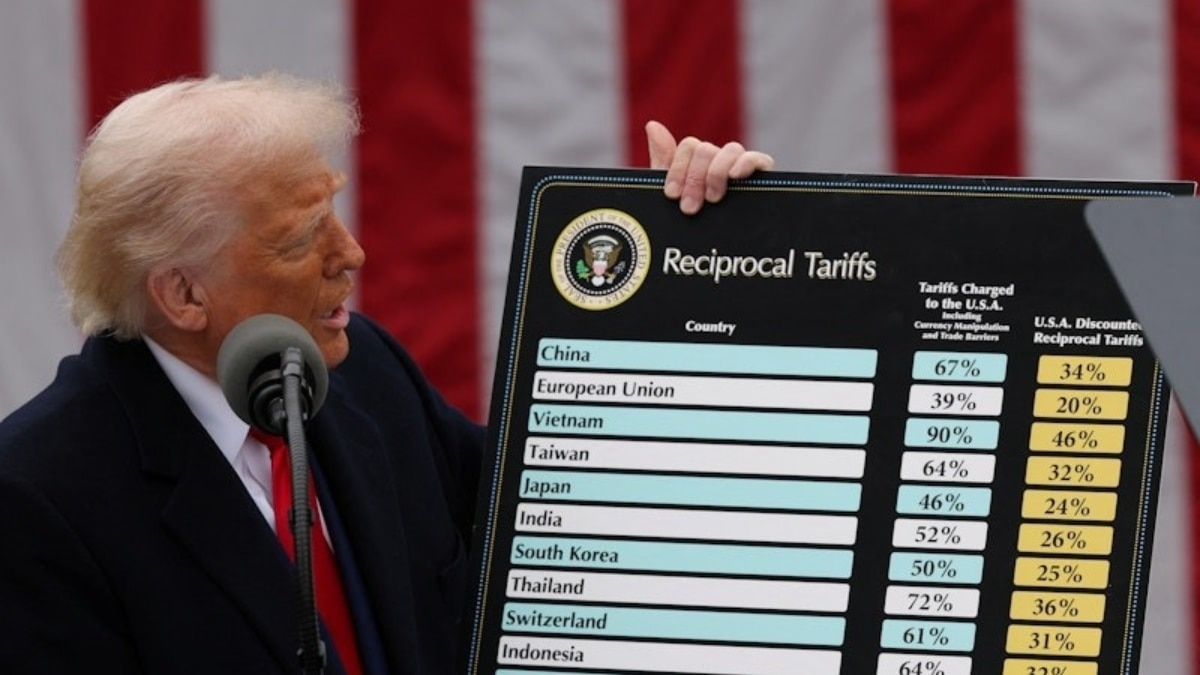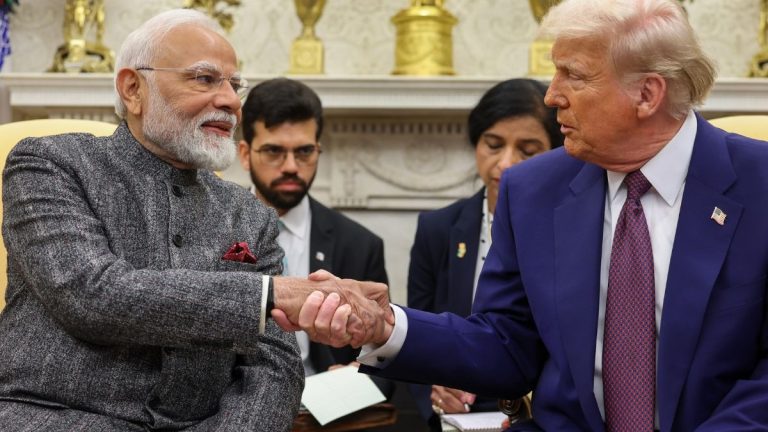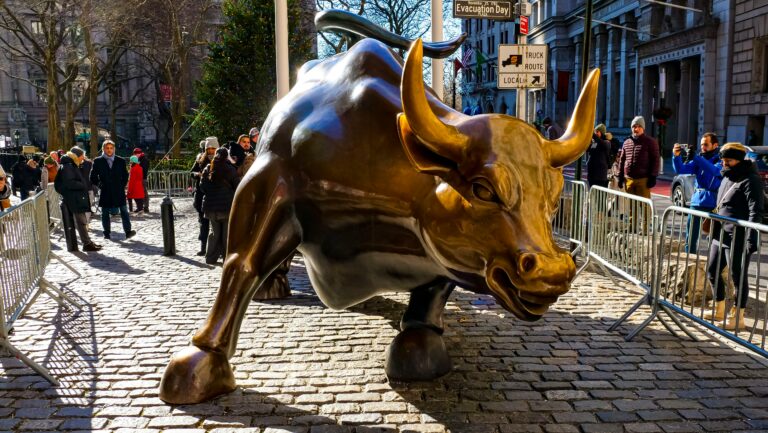Founder of Bridgewater Associates, Ray Dalio, sharing his insights on the implications of the reciprocal tariffs that US President Donald Trump imposed on April 2, added that while these can be an appealing tax option, they reduce global production efficiency and have stagflationary effects worldwide.
Sharing his article on X, Dalio explained that tariffs, essentially taxes, generate revenue for the imposing country, affecting both foreign producers and domestic consumers. The impact on each depends on their relative elasticities. In times of international conflict, tariffs become necessary to ensure domestic production capabilities. They can also help reduce current and capital account imbalances, lessening dependence on foreign production and capital, which is crucial during geopolitical conflicts.
“So there are a lot of moving parts and there is a lot to measure in order to judge the market impacts of big tariffs,” he said.
Dalio emphasised that the production, trade, and capital imbalances, particularly debts, must be addressed as they pose significant risks. He warned of potential abrupt changes in monetary, economic, and geopolitical orders. The long-term effects will largely depend on the trust in debt and capital markets, productivity levels, and political systems, he said.
Moreover, Dalio also spoke about the US dollar’s status as the world’s primary reserve currency. While beneficial in creating demand for US debt, it also leads to over-borrowing, contributing to current economic challenges. He suggested that an appreciation of China’s RMB could be part of a trade and capital agreement between the US and China, potentially when leaders meet, which could lead to significant economic adjustments.
TRUMP TARIFFS
US President Donald Trump announced a 26 per cent reciprocal tariff on India, which is half of the 52 per cent levies imposed by India on American goods. He described India as ‘very, very tough’ while speaking at the White House Rose Garden.
Trump declared April 2, 2025 as ‘Liberation Day,’ marking it as a significant moment for American industry. He emphasised that this day would be remembered as when America began to reclaim its economic strength.
Trump provided examples of tariffs, noting that the US charges only 2.4 per cent on motorcycles, while countries like Thailand and India charge much higher rates. He pointed out that the US has long charged a 2.5 per cent tariff on foreign-made automobiles, whereas India charges 70 per cent, and the European Union charges over 10 per cent.
He presented a chart showing the tariffs countries like India, China, and the European Union levy on US products, alongside the reciprocal tariffs these countries will now face. For India, the chart indicated a 52 per cent tariff on US goods, with the US now imposing a 26 per cent tariff on Indian products.
Trump mentioned his conversation with Prime Minister Narendra Modi, stating that while Modi is a friend, the current trade practices are unfair to the US. He recalled calling India the ‘tariff king’ and noted the US trade deficit with India is nearly USD 100 billion.
Trump expressed that the US is being ‘very kind’ by charging approximately half of what other countries impose on American goods. He concluded by saying that this move would be a significant milestone in American history, marking a day of economic liberation.






